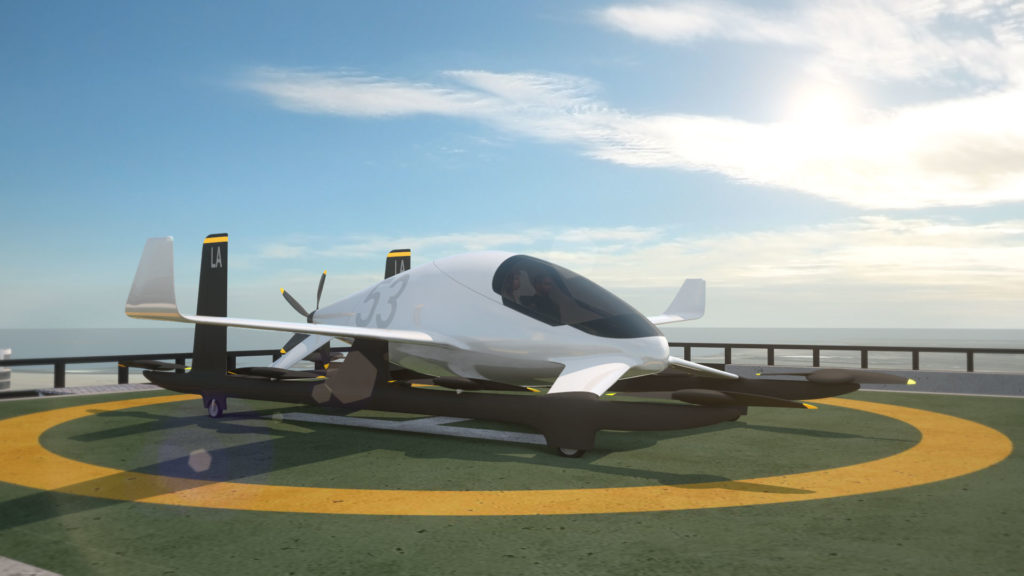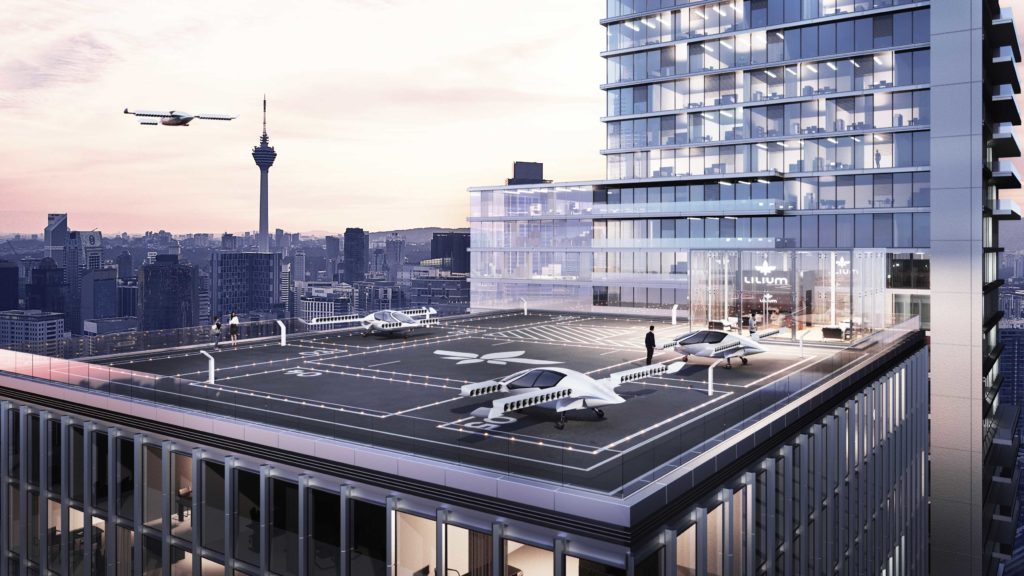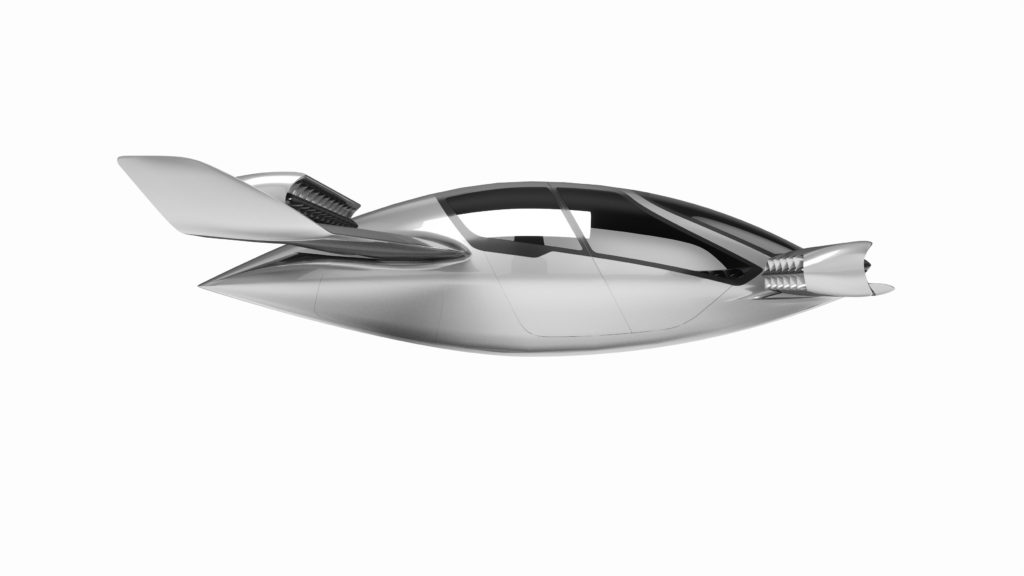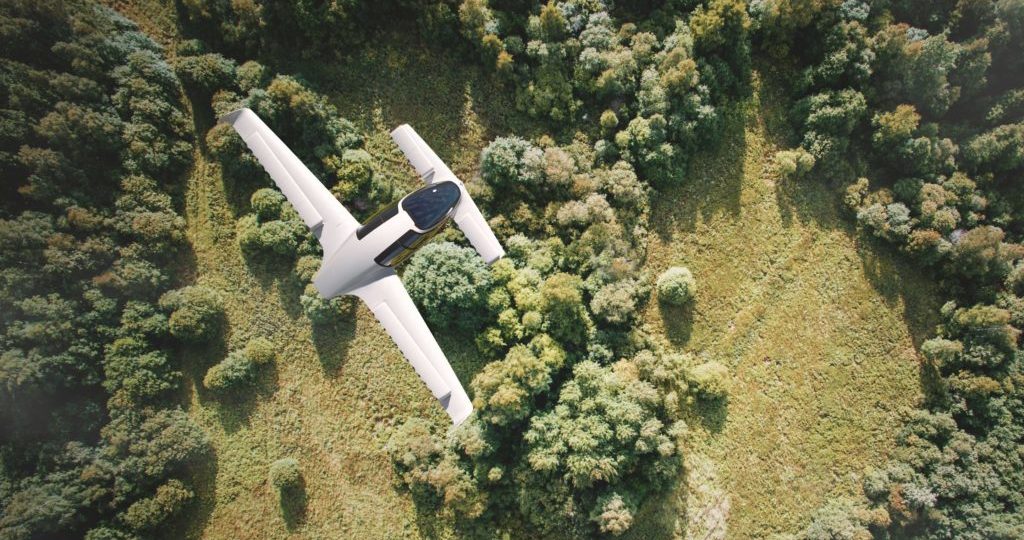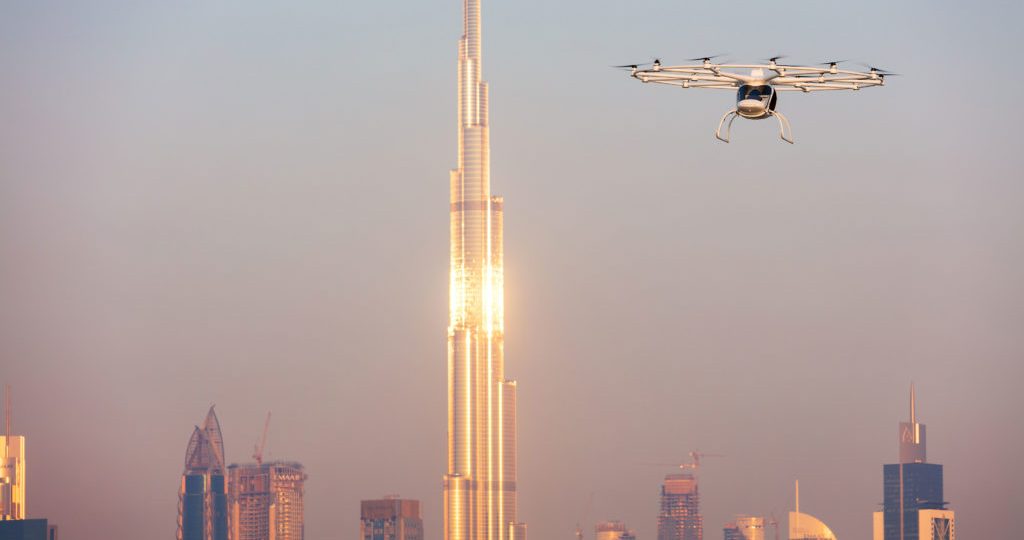Electric vehicles being developed for on demand aviation
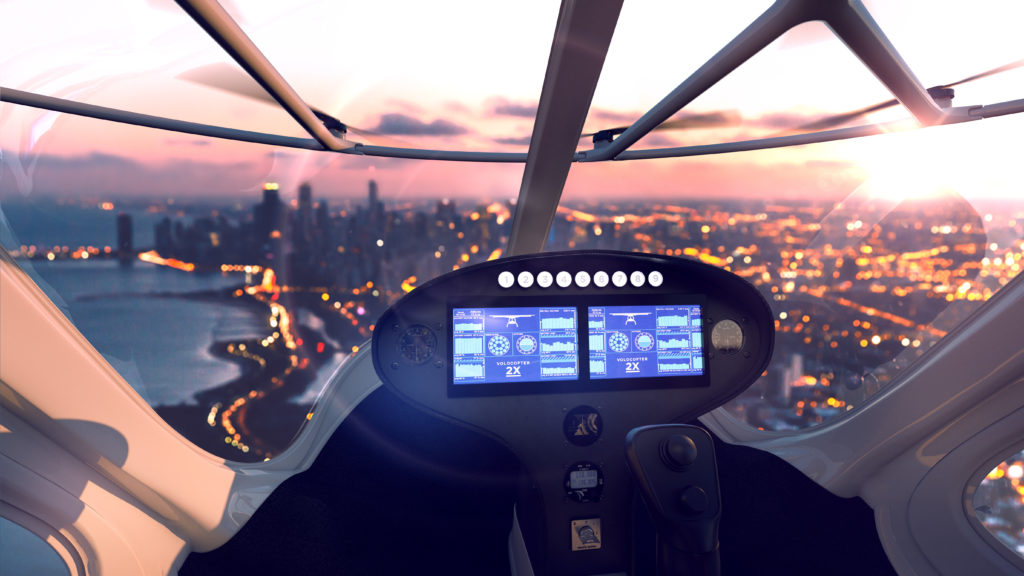
Airbus has already carried out a successful trial in São Paulo of its helicopter ride-hailing service Voom, which aims to ease congestion by making helicopter travel more accessible and affordable. Elsewhere, teams from Silicon Valley to Europe and Asia are working to create entirely new vehicles. From their drawing boards come the proposed CityAirbus, an electric VTOL vehicle with four overhead propellers and seating for up to four passengers, and the more futuristic-looking Vahana, which offers a solution for individual travellers or cargo transport.
Another aviation giant, Boeing, has just completed the acquisition of Aurora Flight Sciences Corp, a developer and manufacturer of advanced aerospace platforms and autonomous systems, which was named at the Uber Elevate Summit last year as the chosen partner for Uber’s plans to develop electric VTOL aircraft for its network.
A serious contender, Aurora’s eVTOL concept is derived from its XV-24A X-plane programme currently underway for the US Department of Defense and other autonomous aircraft the company has developed over the years.
“The Uber Elevate mission is all about low noise, high reliability, and low cost,” said Aurora CEO John Langford. “By drawing on our nearly 30 years of successful autonomy and robotic programmes, Aurora is well positioned to deliver on this urban solution. We have already built and flown the first proof-of-concept aircraft and we’re excited to partner with Uber in accelerating the eVTOL initiative.”
Travellers in the Gulf region may be among the first members of the public to see the new aircraft, as Uber Elevate announced plans to demonstrate its network of flying cars at the Dubai Expo in 2020.

Personal Jet
While the proposals for AATs showcase electric propeller driven aircraft, there is an exciting alternative. Lilium is developing a fully electric VTOL jet, which blows away the competition with an estimated range of 300km and cruising velocity of 300kmph. It is unique in combining the benefits of VTOL offered by helicopters and drones, with the speed and range of a jet aircraft.
The Lilium Jet is 100% electrically powered and is the only electric aircraft capable of both VTOL and jet-powered flight. This advanced capability consumes around 90% less energy than drone-style aircraft. The aircraft is powered by 36 electric jet engines mounted on its 10m wingspan via 12 moveable flaps. At take-off, the Lilium Jet’s flaps are pointed downwards to provide vertical lift. Once airborne, the flaps gradually tilt into a horizontal position, providing forward thrust. The jet will be built to carry up to five passengers.
Like its competitors, the jet’s electric propulsion enables ultra quiet operation and produces zero emissions. With ultra-redundancy by design, the jet maintains high standards in aircraft safety.
Lilium was founded in 2015 by Daniel Wiegand and three fellow-academics from the Technical University of Munich. In less than two years, Lilium has grown from this founding team to a company of more than 40 world-class engineers, including senior staff from Airbus and Tesla.
Aiming to compete with Uber in the supply of flying car networks, the Lilium jet is accompanied by an app that will allow commuters to simply request a jet with the push of a button on their smart phones and then pay for the service online. They can then enjoy travelling five times faster than a car, without the financial burden of aircraft ownership and with the convenience of in city stops – virtually door to door for some. Lilium’s mission is to make air taxis available to everyone and as affordable as riding pay per ride in a car.
The team successfully tested a smaller version of the jet last year in the skies above their Bavarian home. The two-seater Eagle prototype executed a range of complex moves, including its signature mid-air transition from hover mode to wing-borne forward flight.
Celebrating the landmark moment, Wiegand said: “Seeing the Lilium Jet take to the sky and perform sophisticated manoeuvres with apparent ease is testament to the skill and perseverance of our amazing team. We have solved some of the toughest engineering challenges in aviation to get to this point.
“The successful test flight programme shows that our ground-breaking technical design works exactly as we envisioned. We can now turn our focus to designing the five-seater production aircraft.”
In flight, the Jet’s power consumption per km will be comparable to an electric car. Take-off and landing only requires a small open space or landing pad on a building – alleviating pressure on congested roads and allowing a huge variety of pick up and drop off points.
Infrastructure needs
While the leaders in the aviation industry work on designs for the ultimate eVTOL aircraft, there will be challenges in other areas. The first is the need for infrastructure to support either manned or automatic on demand aircraft, something Uber has addressed in a recent White Paper, where it outlined its goal to support the development of both the vehicles and the support systems.
The paper explored that fact that the greatest operational barrier to deploying a VTOL fleet in cities is a lack of sufficient locations to place landing pads. Even if VTOLs were certified to fly today, cities simply don’t have the necessary takeoff and landing sites for the vehicles to operate at fleet scale.
A small number of cities already have multiple heliports and might have enough capacity to offer a limited initial VTOL service, provided these are in the right locations, readily accessible from street level, and have space available to add charging stations. But if VTOLs are going to achieve anything close to their full potential, infrastructure will need to be added.
However, the paper went on to say that the development of infrastructure to support an urban VTOL network would be significantly less expensive than the construction of traditional roads, rail, bridges and tunnels.
It has been proposed that the repurposed tops of car parks, helipads, and even unused land surrounding highway interchanges could help to form the basis of an extensive, distributed network of ‘vertiports’ – special VTOL hubs with multiple takeoff and landing pads, as well as charging infrastructure or single-aircraft ‘vertistops’ designed with a single VTOL landing pad with minimal infrastructure.
As shown by its partnerships with aerospace companies working in the field, Uber intends is to contribute to the nascent but growing VTOL ecosystem and to play whatever role is most helpful to accelerate this industry’s development.
With so many major players on board, both from aircraft development, ride hailing technology and government, it seems that science fiction will become science fact before too long.

